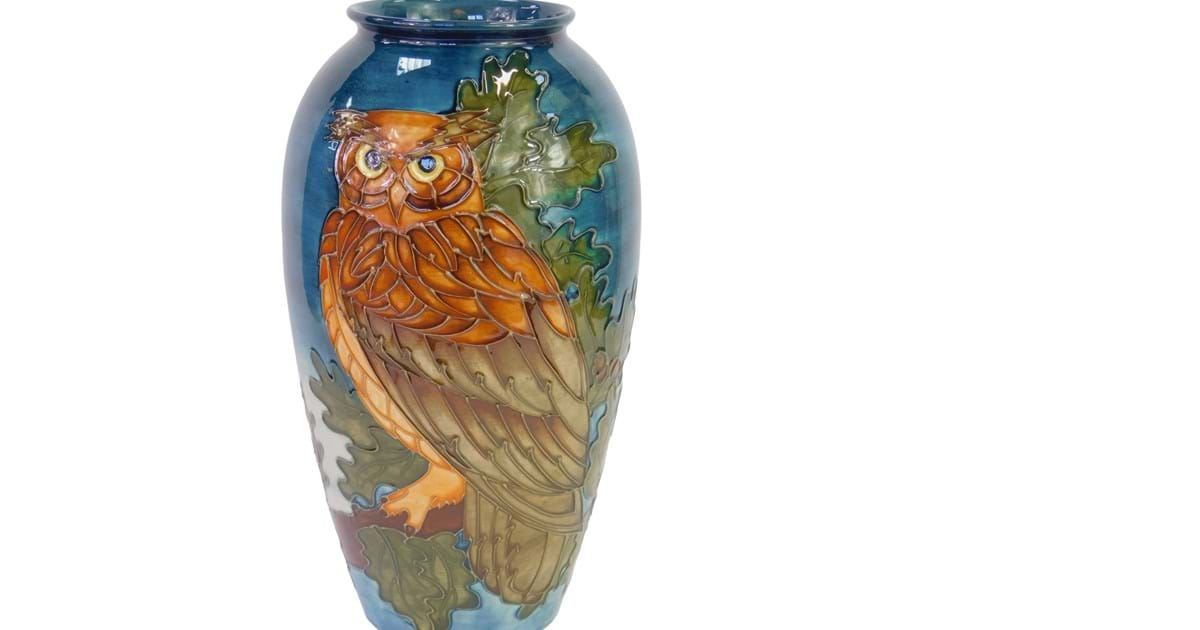If you have some old furniture, fine art, or vintage ornaments displayed in your home, they could be very valuable. To determine the value of your antiques and fine art, you should take them to a RICS regulated auction house where they will follow a specific process to value your antiques and collectibles.
The main things we take into account when doing a valuation include the age of the item, the quality and condition that the item is in, how popular the item is, the artist or manufacturer of the piece, and the current market trends.
You might think that it is easy to simply find an item online that is similar to yours and compare it to assess the value, however, there are so many tiny details that are taken into account, so this is not always an accurate method. Let's take a look at the main processes we use to value your antiques and fine art:
Age
The age is the first and probably most obvious factor that is taken into account.
The age of an antique is usually determined by looking at the style of the item, the tiny, distinguishing design features that are unique to a specific period, and the materials used to make the item. Some replicas and reproductions are almost identical to the original pieces, so it can sometimes be tricky to analyse the age correctly on your own. For instance, when valuing wooden furniture, the nails, screws, and joints will be carefully scrutinized. If one large dovetail is used, you probably have an 18th Century piece, because in the 19th Century several smaller dovetails were used. Additionally, if the dovetails are evenly spaced, this means it was done on a machine and not by hand, dating the piece to after the Victorian era. Obviously, the older the piece, the more valuable it may be. However, limited edition items will hold more value than similar common items pre-dating it.
Quality and Condition
Of course, one of the most important factors when determining the value of an antique is the condition it is in. Fine art for instance is given a much higher value if closer examination finds that there are minimal cracks in the acrylic. Cracking in oil paintings is usually due to exposure to direct sunlight or to cleaning products. The quality of furniture is often determined by looking at the wear to the joints and the condition of the wood over the years. Has it been correctly maintained, varnished, oiled, and polished.
Condition and quality is difficult to assess because there are so many factors that come into play. With certain items like China and other crockery, as well as coins and paper money, viewing the item in person is almost always recommended. Whilst photographs can give you a ballpark estimate, lighting plays a huge part in being able to accurately tell the condition of the item, as it exposes certain flaws and marks that can only be seen at certain points or in certain angles of light. When viewing crockery, cracks, chips, foot plate indentations, or other damage will lower the value.
Popularity
Whilst many people do not consider this an important factor in how an antique is valued, it does determine the collectability of the item, and this in turn allows us to value it. Usually the more popular an item is, the more competition there is to acquire it, and therefore the value rises, but there are some items that were mass manufactured and although they might be very old and very popular, they are simply too commonplace to hold any significant value. The rarer the item, the more valuable it will be, and then add to that how popular it is, and you will have a very valuable antique on your hands.
Market Trends
Considering the market trends, you can determine the value of items based on their ability to sell. For instance, the art deco and art nouveau eras are currently in fashion again, making items that are dated in this era worth even more money than previously. It is an ever-changing field, so keep a close eye on the current markets when buying or selling antiques.
Like the stock market, the value of your antiques can go up as well as down. If you are insuring your antiques, it is important to get an insurance valuation at least every 2 years.
Golding Young & Mawer have been serving the Lincolnshire area since 1864 and are regulated by RICS. We operate out of three salerooms; Bourne, Grantham and Lincoln and have a satellite valuation office in Stamford. We handle sales by auction of antiques, works of art, collectors' items and general house clearances, as well as a private client practice offering probate and insurance valuations.

